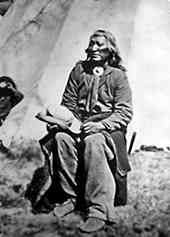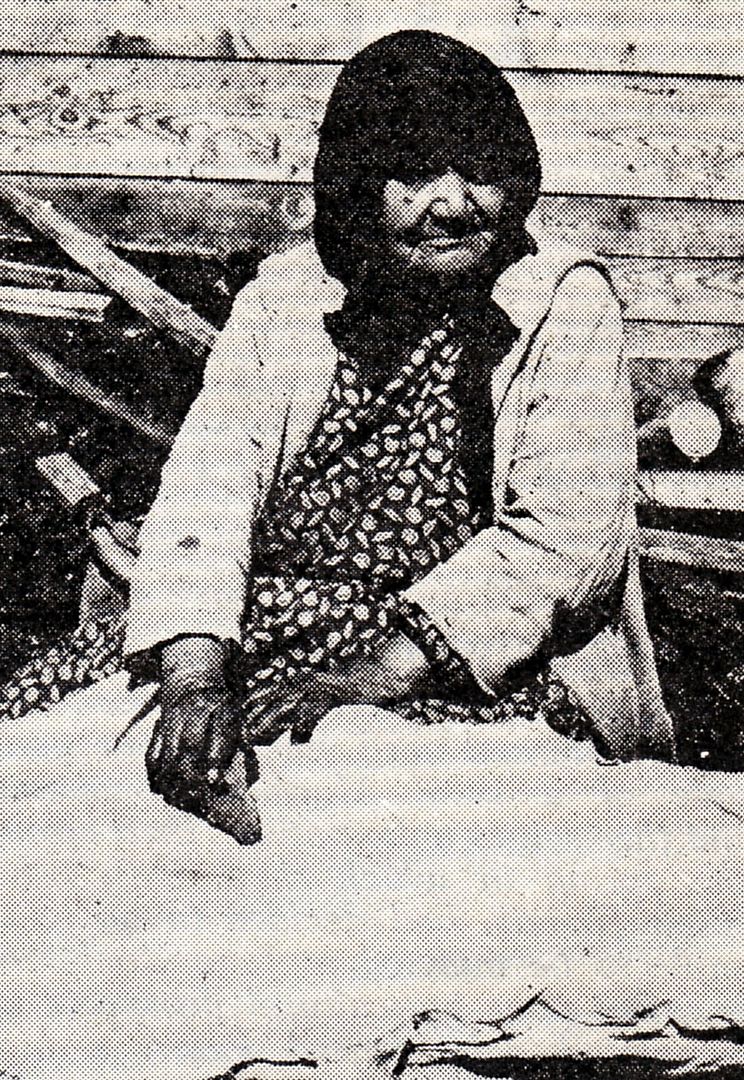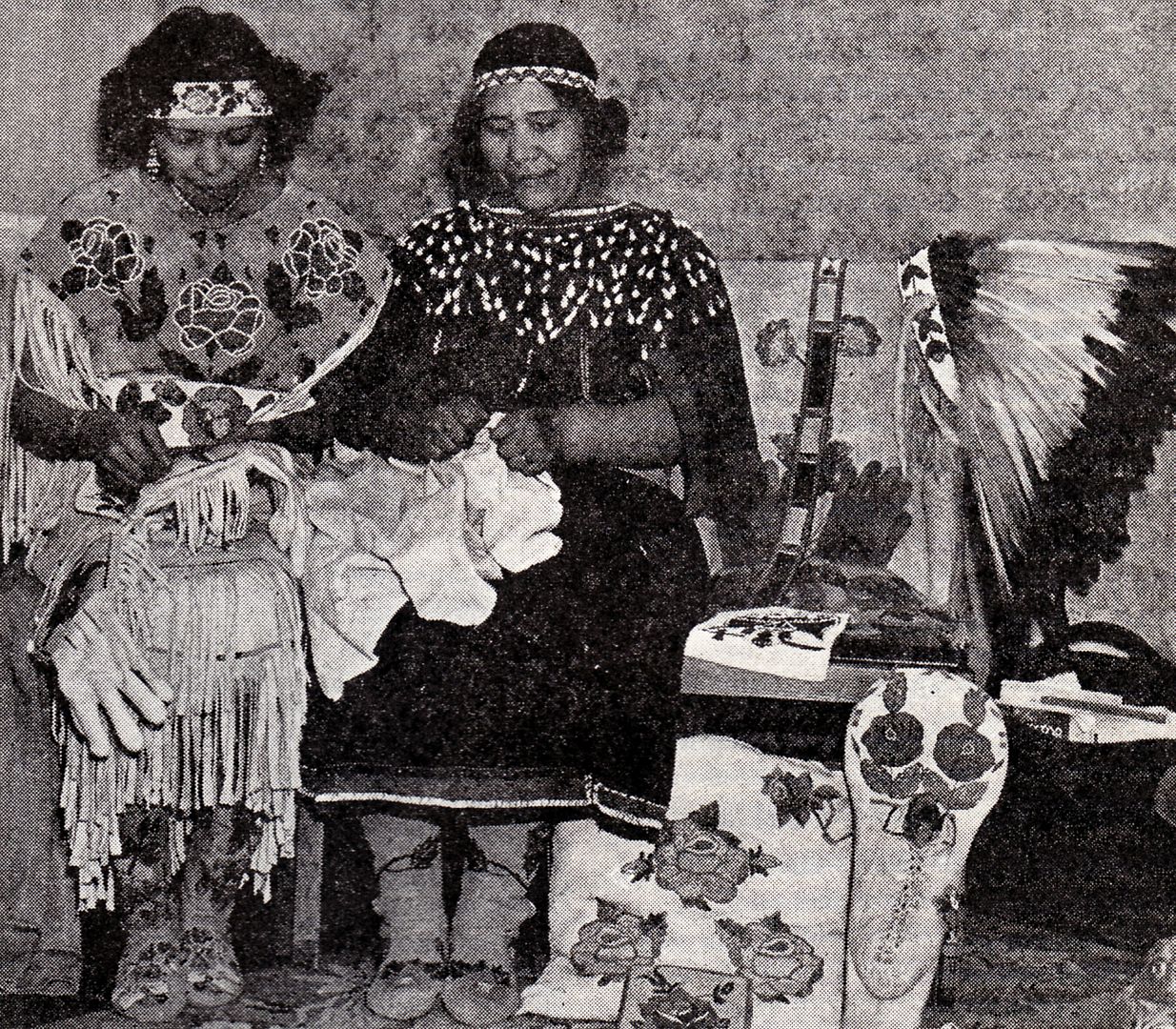 The Church Security Plan (now Welfare program) of the 1930s and beyond emphasized production and storage of essential goods against times of shortage, and meaningful employment for church members to support themselves and their families. The usual image of Mormon production from this period involves agriculture, sewing, and canning – but one project stands out dramatically from the backdrop of sugar beet fields and peach canneries:
The Church Security Plan (now Welfare program) of the 1930s and beyond emphasized production and storage of essential goods against times of shortage, and meaningful employment for church members to support themselves and their families. The usual image of Mormon production from this period involves agriculture, sewing, and canning – but one project stands out dramatically from the backdrop of sugar beet fields and peach canneries:
In 1938, the church put out a request to deer hunters of the western states to save their deer hides and donate them to church members living at Washakie, Utah (in Box Elder County, near the Idaho line), all of whom were members of the Northwestern Band of Shoshone, a band that had joined the church en masse in the 1870s under the leadership of the warrior leader Washakie. These church members were practicing the ancient arts of tanning deer hides and producing fine buckskin clothing of the type their people had worn for uncounted generations, both for home use and for sale to an eager public.
Branch members demonstrated the process for the church’s cameras:
.

Here, Moroni Timbimboo (1888-1975) uncovers the fur cache on his property. In the fall of the year previous, he had marked out a bowl-shaped depression a few inches deep and about ten feet across, where he had left his rawhides exposed to the winter rains and snows. Several cycles of freezing and thawing loosened the hair and bits of flesh clinging to the hide, and by January the hides were ready to be worked by his wife, Amy Hootchew Timbimboo (1893-1999).
Amy hung each hide over a six-foot long railing on the side of her home, then scraped both sides with a wooden scraper, about three inches wide and fifteen inches long. Then she washed each skin with soap and water, and hung it out to dry for many days.
.

Next, older women in the community – Rachel Perdash (1858-1954, and a survivor of the horrific Bear River Massacre of 1863) is pictured here – scraped the hide with the sharp edge of a stone, over and over, until it became soft and pliable. They would repeat this tedious task several times during the course of tanning.
.

Joannah Timbimboo (1911-1991), daughter of Moroni and Amy, demonstrated the next step in the tanning process, treating the hides with beef brains. She boiled together a pound of brains, a pound of fat, a quart of water, and, in modern times, a bar of soap, then rubbed the resulting gooey paste into the hides, using her hands. Joannah hung out the hides to dry, then Rachel Perdash scraped them with her stone until they were again soft and pliable. Each hide underwent this treatment at least three times, until the women were satisfied with the result.
.

At this point, the hides were a pale ivory color, and many would now be used to make white dresses and gloves and pillows favored by tourists. Other skins would undergo a final treatment to color them the rich tan usually associated with buckskin.
The workers – Moroni Timbimboo and Rachel Perdash, in this photo – built small sagebrush fires in kettles, feeding in a few cedar chips and fresh sagebrush as needed, to produce a heavy column of smoke with a distinctive odor. They hung the hides in the smoke, and in the course of several days the hides turned brown and acquired the permanent warm, smoky scent of the sagebrush and cedar.
.

After months of soaking, scraping, curing, and tanning, the hides were finally ready to be cut and sewn into fine buckskin clothing. The sewing – here demonstrated by Amy and Joannah Timbimboo, wearing clothing they had made and surrounded with articles made for sale – was all done by hand, using fine linen thread. In past centuries, the ancestors of these women had decorated their clothing using porcupine quills and other natural items. In the late 19th and early 20th centuries, they used thousands of tiny glass beads, all sewn on by hand.
In 1938, members of the Washakie tribe earned $2-$5 for a pair of beaded gloves, $25 for a man’s shirt, and $100 for a woman’s dress, which went a long way toward providing for their families’ needs. What would such treasures bring today, I wonder?
Continue reading at the original source →



